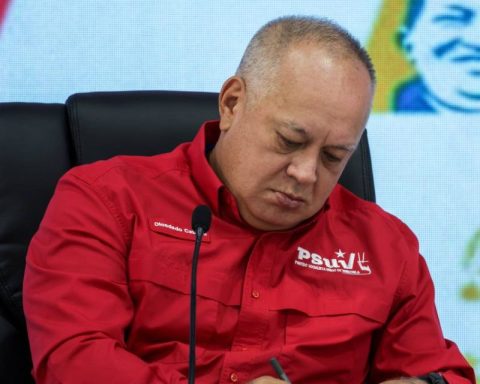The rise in rates by central banks, in different countries, to curb the high inflationary figures, also worldwide, It has various economic sectors concerned.
(Read: Colombian households spent $6.34 billion on milk and its derivatives).
Colombia has not been the exception. However, Mauricio Lizcano, director of the Administrative Department of the Presidency of the Republic (Dapre), assured that the board of directors of the Banco de la República should also be concerned about employment and economic growth. Not only because interest rates.
“Just having the tool of raising interest rates does not appeal to us as much, as a government we want to see how once again, through the agricultural sector, we can lower the structural costs of food prices so that inflation really goes down.“said the senior official.
He also noted that the announcement of the Government on the purchase of fertilizerswill help lower food costs to “lower inflation structurally.”
(Also: The direction that the economy would take: GDP would distance itself from high rates).
The problem with the minimum wage
Bank of the Republic
Time
Regarding the minimum wage, Lizcano assured that it is a complex issue since it depends on many factors, specifically that the cost of living be shot.
For his part, Miguel Gómez, president of Fasecolda, some disproportionate adjustments by the Bank of the Republic could mean an acceleration of the inflationary phenomenon that is experienced in the country.
He also clarified that the adjustment ofThe minimum wage to be made by 2023 it will be key for the future trajectory of inflation, which is currently in double digits.
“And de-anchoring medium-term expectations with all the harmful consequences that this entails. To this would be added the deterioration of issues such as employment and informality. In fiscal matters, the pressures on pension spending from the average premium and individual savings schemes would be significant”explained the manager.
Gómez also added that the role of agricultural insurance is important since the most exposed sector of the national economy is the peasantry.
(Also: potatoes, meat, beer: this is how inflation affects their prices).
“Weather and pests add to the risks stemming from price volatility and marketing difficulties. The history of a farm worker has been marked by periodic bankruptcies that return them to the starting point. Many end up giving up and migrate to join the ranks of unemployment or marginalization in the cities”, he pointed out.
Along with this, the director assured that of the 104 countries where agricultural insurance exists, there is a state subsidy. In the case of Colombia, since 1993, there is the incentive of the Agricultural Insurance (ISA) that is assigned by Finagro.
“In thirteen years, investments of agricultural producers amounting to 11.1 billion pesos have been protected. In 2020, the greatest advance of this insurance was registered, with nearly 237 thousand hectares insured and 28 thousand agricultural producers covered”, he pointed out.
BRIEFCASE















